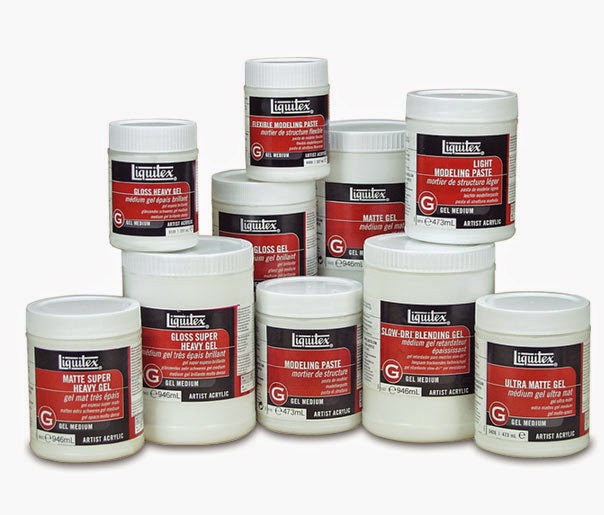Whenever I'm making a piece that doesn't follow any rules, I go crazy trying to come up with a color scheme. Blue - my favorite color - is always my default. I have to talk myself out of it every single time. To embrace the other colors in my bucket of paint, I try to think about what emotions and feelings I want to express through my work. Do I want people to be happy? Sad? Angry?
There are a million different ways to describe the emotions and feelings that color give off, but I'm just going to talk about a few. Here's a guide to helping you evoke emotion in your art.
Reds
Red is a very intense color - extremely powerful. Depending on the hue, it can lead to many different meanings. It can be associated with high energy, war, passion, and love. To learn about what different shades and tints can mean, visit this website. If you are looking to evoke passion in those that view your art, red may be the way to go.
Oranges
Orange is a warm color, evoking warmth and happiness, but can also create encouragement and determination. With its brightness, it is very attention getting. If you want to get people motivated and moving, orange may be your color. Learn about how other forms of orange can change the feelings you create.
Yellows
 Yellow is the color of the sun, also a happy color. If you want people to feel all warm and fuzzy inside, yellow is your main man, Be careful with the colors you combine it with though: it can create a more negative feeling (danger and warning). To learn about what different colors do when paired with yellow, click here.
Yellow is the color of the sun, also a happy color. If you want people to feel all warm and fuzzy inside, yellow is your main man, Be careful with the colors you combine it with though: it can create a more negative feeling (danger and warning). To learn about what different colors do when paired with yellow, click here.Greens
Green the most natural color. I find it to be a very peaceful color, reminding me of the forest, grass, and the mountains. It makes me think of a place that isn't plagued by the craziness and evil we experience all around the world. It's a color evoking fertility and growth. If you want people to feel at ease and calm, green is the way to go.
Blues
Blue is a deep seeming color - shown in the sky and sea. It can mean a lot of things: stability, loyalty, intelligence. Learn more about the many meanings here. Due to its association with water and sky, it is see as a clean and pure, even peaceful color. If you want viewers to feel tranquil and believe you (the artist) to be trustworthy, use blue.
Purples
Purple is a rich color - evoking prestige and power. Throughout history, purple has been known as the color for royalty and luxury. "Purple is a very rare color in nature; some people consider it to be artificial" (Color Wheel Pro). Depending on the hue, you can create a romantic feeling or even a sad and gloomy feeling. See how.
Black
White
White, a very light and is seen as the purest of colors. It is actually the absence of color. It is a simple color, evoking cleanliness, newness, purity. If you want people to feel safe and sound, new and innocent, white is the way to go.
 |
| There's a lot of color out there. Use it all! |
Different colors may create different emotions, but the any combination of colors can create a whole new feeling. Different people also see different colors in different ways so your message may not be clear to everyone that see your work.
My challenge to you: Create a whole new emotion with the colors you use. Don't let your paints get lonely, find a way to use them all! Show me what you've made and the emotion you created! I'm looking for some inspiration.






